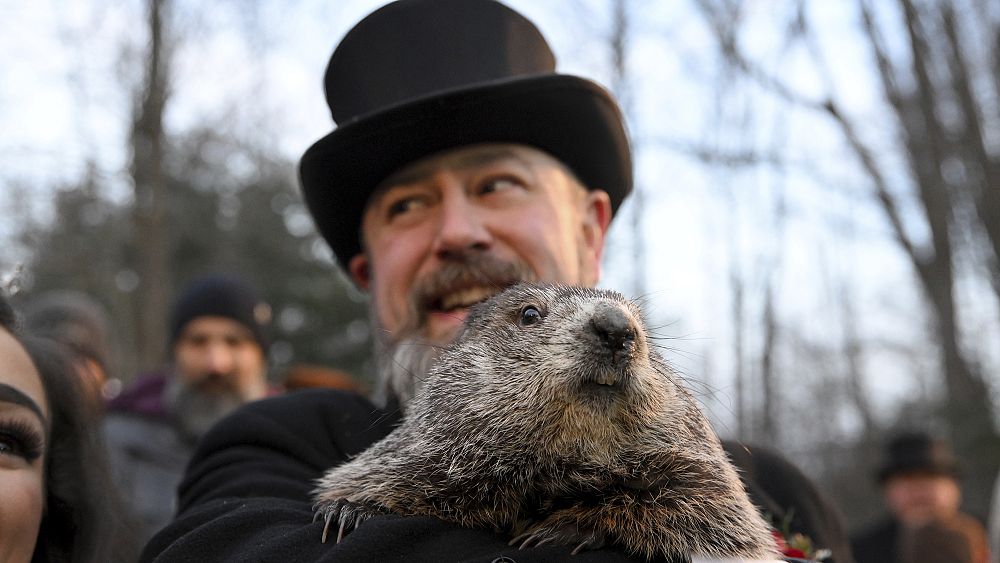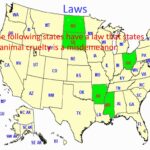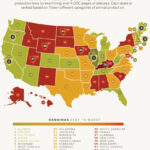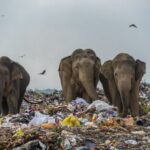Every year on February 2nd, in a remarkable blend of folklore and celebration, millions of people eagerly await their favorite rodent, Punxsutawney Phil. This peculiar event, known as Groundhog Day, has embedded itself deeply into American culture. Yet, as we cheer for the furry forecast that may dictate the coming seasons, a crucial question arises: is Groundhog Day an innocuous tradition, or is it a disturbing manifestation of animal cruelty, masked by the festive air of celebration?
To comprehend the implications of this question, one must delve into the origins of Groundhog Day. Its roots can be traced back to ancient European traditions, where various cultures celebrated the halfway point between winter and spring. The significance of observing animals for signs of weather persisted through generations, ultimately morphing into the peculiar choice of the groundhog in the United States. This transformation from European origins to American tradition reflects a broader shift in the way society perceives and interacts with animals.
Groundhog Day is steeped in a pageantry that captivates audiences across the nation. Crowds gather in Punxsutawney, Pennsylvania, eager to see if Phil will see his shadow. Should he emerge and observe a sunny day, legend has it that winter will extend for six more weeks; if the day is overcast, an early spring is foretold. The spectacle of Phil’s appearance is filled with euphoric cheers and celebrations, but beneath this veneer of cheerfulness lies a more sobering reality about the treatment of animals incorporated into such traditions.
First and foremost, let us consider the treatment of these animals during the celebration. Groundhogs, or woodchucks, are not merely entertainers that can be managed without concern for their welfare; they are living beings with natural instincts and behaviors. Every February, Phil and his counterparts are subjected to a series of unnatural stimuli, including noise from crowds, flashing lights, and the pressure of expectations for precise weather predictions. This forced interaction can engender significant stress and anxiety, undermining their well-being. Do we, as a society, truly understand the ramifications of this disruption to their natural lives?
Moreover, the captivity of these animals for entertainment raises ethical dilemmas. Phil is housed in a burrow specially constructed for him, designed to create an aura of authenticity surrounding the event. However, such conditions, albeit temporary, strip the groundhog of his autonomy and native habitat—a sacrifice made for the sake of tradition. The incongruity between our enthusiasm for Phil’s prognostications and the ethical considerations surrounding animal captivity cannot be overlooked. Are we, in our celebration, advocating for the well-being of animals, or are we perpetuating a narrative that trivializes their inherent value?
In recent years, the conversation surrounding animal rights has intensified. Activism against animal cruelty has gained prominence, forging a burgeoning awareness that questions the moral implications of utilizing animals for human amusement. Proponents of animal rights argue that events like Groundhog Day inadvertently promote the commodification of wildlife, encouraging a disconnection from nature. As Phil’s moment in the limelight approaches, we must ponder this delicate balance between tradition and compassion. Is our adoration of Phil’s shadow worth the potential distress inflicted upon him?
Furthermore, the spectacle culminates in an oddly ritualistic manner, one that echoes a past where animals were often viewed as mere tools for human enjoyment. A shift in perspective is paramount. Society increasingly recognizes that animals possess emotions, intelligence, and social structures that deserve respect and consideration. As we continue to evolve in our understanding of animal sentience, we must ask ourselves whether we can still justify traditions that exploit them merely for our amusement.
The conundrum deepens when we consider alternative ways to celebrate the arrival of spring—ones that abandon the necessity of animal involvement altogether. Groundhog Day, as it stands, could undergo a transformation into a festival dedicated to ecological awareness, where the focus shifts from animal predictions to appreciating the natural world itself. By learning from and honoring indigenous practices that celebrate the changing seasons, we can foster a richer understanding of our environment without compromising the dignity of its inhabitants.
Celebrating the arrival of spring does not need to be at odds with animal welfare. We can embrace creativity by showcasing art, storytelling, and community activities that resonate with the season’s themes—growth, renewal, and respect for nature. Educational programs focused on wildlife can foster empathy and a deeper connection to the creatures that share our ecosystem, promoting a narrative that champions conservation rather than exploitation. In fostering this new paradigm, Groundhog Day could evolve into an event that emphasizes harmony between humanity and nature.
As the commotion unravels each February, it presents an opportunity for introspection. Is our allegiance to tradition stifling the ethical progress we have made regarding animal welfare? It is essential for us to discern between celebration and cruelty, understanding that the two need not coexist. Celebrating nature and honoring its creatures should propagate a sense of stewardship rather than shackle them in confinement. A reappraisal of events like Groundhog Day could herald a future where we cherish Earth’s animals—not for our benefit, but for their own.
In conclusion, while Groundhog Day remains an endearing fixture of American culture, it is crucial that we reexamine the values underlying this tradition. By confronting the realities of animal welfare head-on, we can pave the way for a more compassionate celebration of the changing seasons. Instead of clinging to outdated practices that may no longer reflect our values, let us instead embrace a collective commitment to safeguarding and celebrating the creatures that inhabit our world—one sunny day at a time.








